I am simulating a QPSK modulation in GNU radio. Here is the  .
.
The source is a binary stream coming from the Random Source block. There are 4 PSK Mod blocks configured identically (4 constellation points - a QPSK modulation, Grey coding and Differential encoding turned on, excess bandwidth set to 0,35). The modulators differ in the parameter samples/symbol (sps), which is set to 2, 4, 8, and 16. The constellation sinks are configured identically. What is expected to be shown on the constellation diagram is a plot with 4 constellation points that could be the tips of a square or 4 clusters of points that are concentrated around those 4 points as a certain amount of noise or imperfection of the system is added. Instead, we have the following:
The constellation diagram when sps is set to 16 is  .
.
The constellation diagrams for sps 2, 4 and 8 look the same but with less points on the sides of the rhombus and less points around tips of the rhombus that look like the extensions of the rhombus sides.
I understand that transition points at the edges of the rhombus appear because of the raised-cosine filter implemented inside the PSK Mod blocks used for pulse-shaping. By increasing the Excess BW parameter, number of points that appear at the edges decrease. We can increase Excess BW to 1. For Excess bandwidth > 1, the constellation diagram distorts, constellation points that are the tips of the rhombus are getting closer to the center. Why is that happening?
The other question is, how to get a 'neat', or at least 'cleaner' constellation diagram with 4 points, or at least 4 clusters of points?
